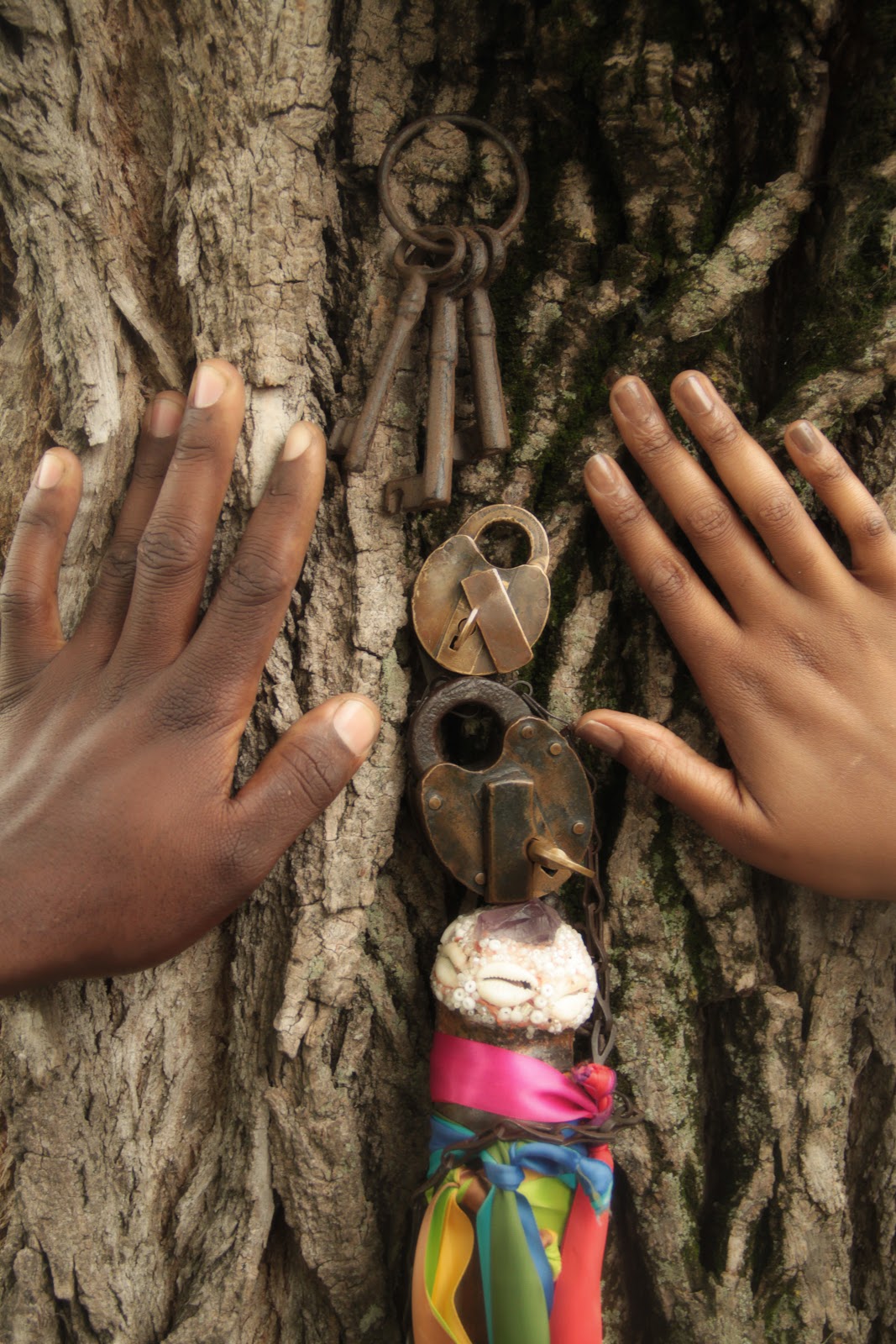The three questions that inspired my reflection are as follows. What aspects of the creative process expanded your comfort zone the most and how did it make you feel in the moment? Who did you meet through the project that inspired you and why? How do you imagine the audience perceived the performance, what aspects may have influenced their perception?
The city of Richmond has so many different opportunities to offer. Joining a new community or project is something that was extremely exciting but also nerve racking for me. There were many moving parts within this creative project and often I felt lost, having to trust that someone would guide me and that everything would workout at the end. Never knowing what to expect, I kept an open mind to the process used to create this elaborate performance, commemorating the space and our ancestors that brought us here. For me, this performance process expanded my comfort zone, connected me to many people I never would have met, and showed me how a diverse audience can come together and become part of the performance.
The part of the creative process that made me step out of my comfort zone and expand myself was during the performance when we had to make impulsive decisions based on everything we had prepared. It was the first piece I had ever performed where I had to physically interact and react to the audience, which made it difficult to prepare for because each audience reacts differently. During class, we created a set of agreements that we all decided to follow and to keep in mind during the creative process. Two examples of these were to “trust the process” and to “encounter the growing edge.” Both principles came into use as we moved from the studio to the site because I had no idea what was expected, and each rehearsal brought new awareness and material to the project. It wasn’t until the first dress rehearsal we had that I saw that there would be community members performing as well as the four professional dancers that had also been at the first march that we attended. Slowly seeing all these pieces come together made me trust in the process stronger than before because I started witnessing the creative process start to really develop. Although, the process wasn’t through until the final night when we were all present, in costume, and our last piece, the audience, was present.
Having an audience there really played to the principle of embracing the growing edge because it made me try something I’ve never done and make fast decisions on my feet. Having a large audience also changed the dynamic of the performance because it made the space feel occupied and alive. We were working in the medium of bodies which is much harder to navigate then open space. It also made me think a lot, even during the performance, about what the audience thought of the performance and how they may have felt occupying the stage. It also made me think about how everyone was looking at the same performance, but no one was seeing the same thing. I felt the reactions to the performance were very diverse, just like the audience that came to witness the piece. Depending on each person’s background and biases they would interpret the performance differently. Those coming with some background knowledge on Brother General Gabriel would understand and maybe enjoy the performance more than someone who has no idea about what had taken place. It was also interesting to compare my own view of the performance with some of my friends, because they were getting the full effect of the performance with the music, whereas we were dancing in silence. Some of my favorite comments that I heard from the audience after the performance were, “I loved the running part in the tunnel because it felt like you were pushing through the masses.” Another was, “I don’t know how you did it, but you were perfectly with the music, it was like each move had a note.” The second comment was personally very intriguing, and I wish I had gotten a chance to listen to the music while we performed. Peoples reactions to the piece were interesting to watch as we moved through the sections because there were so many different responses, which made each performance unique.
This project also created an opportunity to build community. In the weeks we were working on the project we got to know students, faculty, and community members that we may have never gotten the chance to meet otherwise. One of these wonderful people was Free Egunfemi who was one of the co-directors of the project. When we went to the Virginia Museum of History and Culture to visit the exhibit “Determined,” it was inspiring to listen to her story and beliefs of why and how she had started Untold RVA. Her conclusion was that for her it was about lifting up the stories of the black lives in the way she wanted to and not to rely on others. It was educational and inspiring to hear her opinion and to think of my own when it came to the subject of black lives in Richmond. Being in a group where everyone respected each other’s opinions it was refreshing and mind opening, getting to talk about these different issues.
Overall, this creative process was very different from anything else I have ever participated in and I am glad I got to be apart of it. Before this project I had never explored topics of racism in death and what it means to disrespect a burial ground. It was also fascinating to see how a community has been built to support and fight for the African Burial Ground and that we were able to join that community for a little while.
